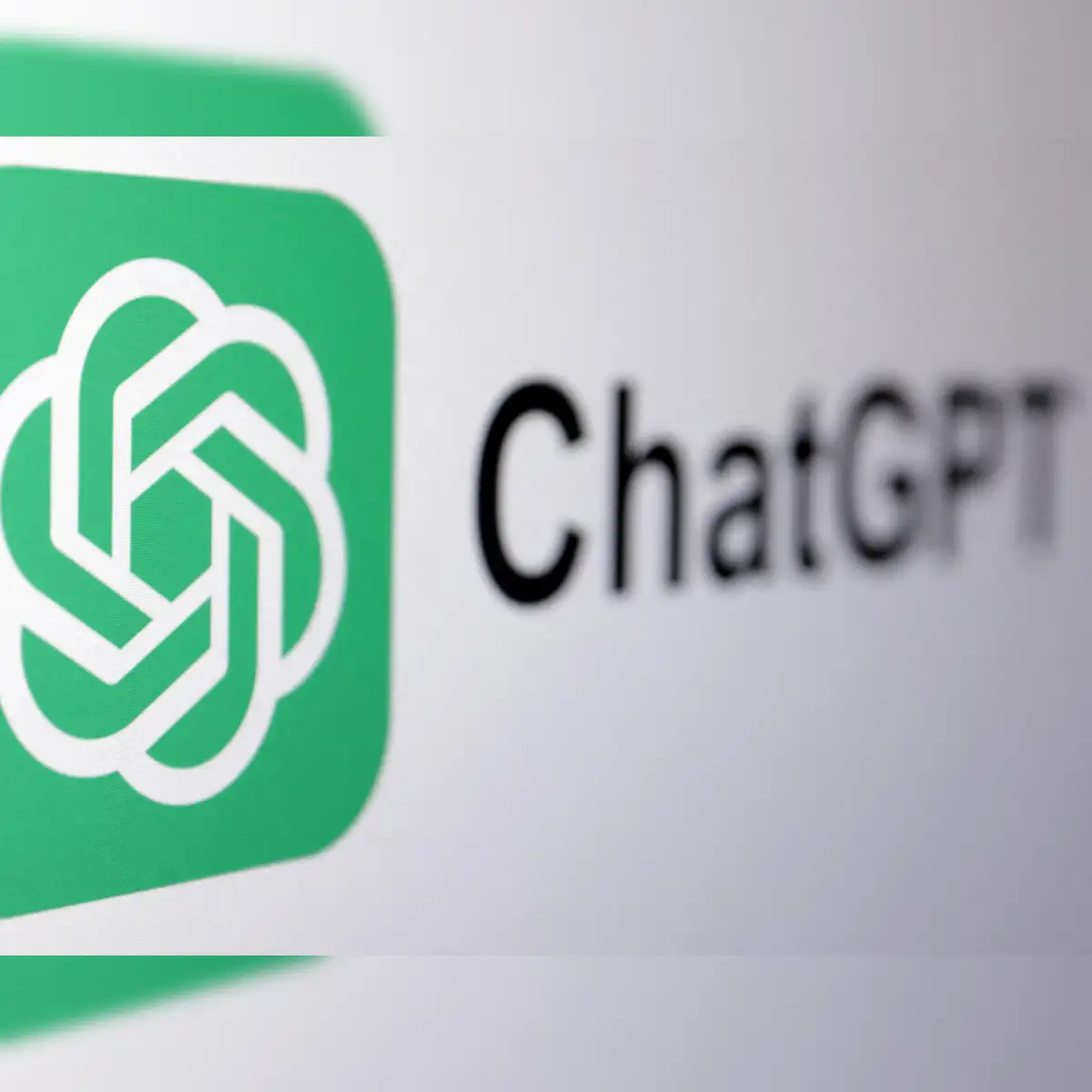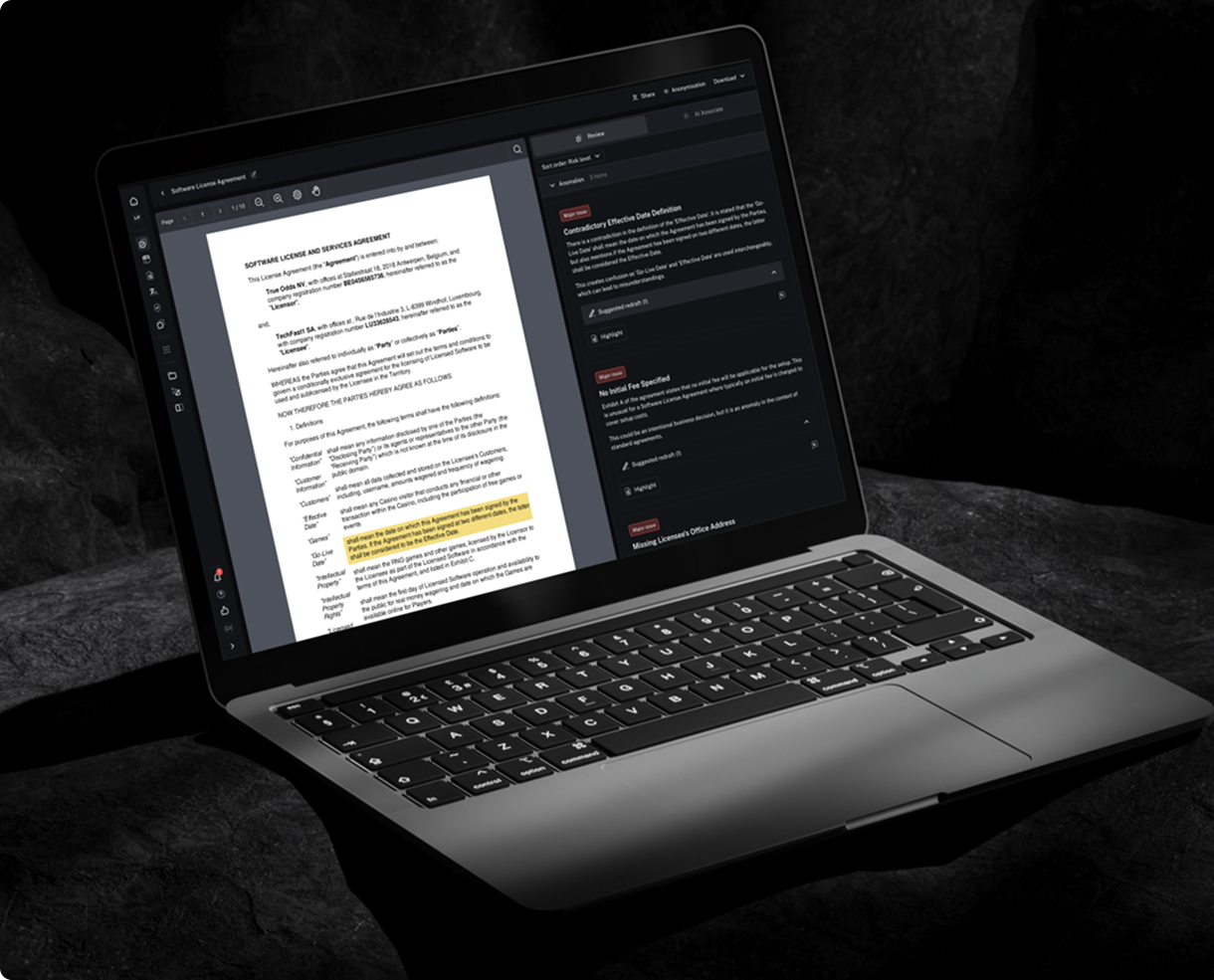Can You Use ChatGPT for legal research? Risks, limits & best practices

The legal sector is experiencing a technological shift, with generative AI tools like ChatGPT offering new possibilities for research and workflow efficiency. However, these advancements also bring important questions: can ChatGPT be trusted for legal research? What are its limitations, and how can legal professionals use it responsibly?
This guide explores the role of ChatGPT in legal research, highlighting its benefits, risks, and best practices to ensure safe and effective use.
Learn more: 5 must-haves for secure legal AI
What is ChatGPT?
ChatGPT is the world’s most widely used generative AI tool, adopted by hundreds of millions of users globally. It produces human-like text in response to written prompts by analysing patterns in large volumes of training data and predicting the most likely next words or sentences. This allows it to answer questions, explain concepts, summarise material and draft content in natural language.
How ChatGPT works in legal research
ChatGPT generates answers by predicting the most likely next words based on patterns in its training data. This enables it to respond to legal questions, summarise material and draft text, but the accuracy of its output depends on the prompt and on whether its training data captured the relevant law.
What kinds of legal tasks it can support
ChatGPT can summarise statutes and case law at a high level, draft memos or correspondence, explain legal concepts in plain language and produce first-pass checklists for compliance or due diligence all with the caveat that the content must be verified before use.
How it fits into legal workflows
It is often used alongside research databases or document systems to accelerate drafting rather than to replace authoritative tools. Some vendors now combine ChatGPT style generation with proprietary legal content, which improves reliability when used inside controlled environments.
Practical examples
A junior associate may use ChatGPT to produce a first-pass summary of a decision, then validate the holding in Westlaw and move the text into LEGALFLY for governed review and clause-linked annotation. An in-house lawyer may generate a GDPR checklist with ChatGPT for brainstorming, then refine and formalise it inside LEGALFLY where sensitive content can be anonymised and reviewed securely within policy.

ChatGPT vs dedicated legal AI tools
ChatGPT is a general-purpose generative AI system designed for open-domain text generation, whereas dedicated legal AI tools are built specifically for regulated legal work with security, auditability and explainability in mind.
Learn more: Top legal AI tools in 2025: the expert guide
Key differences
Data source and authority
General AI predicts answers from training patterns and may not link to authoritative sources. Legal-specific tools retrieve, verify and cite recognised authorities or internal precedent.
Updates and accuracy
General models reflect what they were trained on and may not include the latest developments. Legal AI systems are refreshed continuously and tuned to current, jurisdiction-specific law.
Security and confidentiality
Public or consumer AI services are not designed for privileged material. Legal-grade platforms use anonymisation, access controls and audit trails to meet confidentiality requirements.
Role in legal workflows
General AI is useful for brainstorming, first-pass summaries and idea generation. Legal AI platforms are built for execution tasks such as review, annotation, compliance alignment and defensible output.
Bottom line
One accelerates thinking; the other supports governed legal work. They are complements, not substitutes.
Learn more: How to assess legal AI platforms in 10 minutes
Benefits and potential use cases
Where it adds value
The main strengths of ChatGPT in legal research are speed, accessibility and its ability to take the first pass at routine work. It can quickly synthesise large volumes of text so lawyers get oriented faster, generate first-draft memos, emails or clauses, explain legal concepts in plain language for training purposes and help produce client-friendly explanations of legal issues.
Typical ways legal teams use it
In practice, it is often used to accelerate initial case law or statute searches, assist with early issue-spotting in documents, support onboarding of junior staff through plain-language explanations and improve client communication with quick, readable summaries.
ChatGPT is best treated as a productivity enhancer for preliminary or repetitive tasks rather than a final authority on legal matters.
Risks and limitations of ChatGPT in legal research
Despite its advantages, ChatGPT introduces significant risks that legal professionals must consider.
Major risks
- Hallucinations and inaccuracies: ChatGPT may generate plausible but incorrect or fabricated legal information.
- Outdated knowledge: its training data may not include the latest legal developments, risking reliance on obsolete law.
- Lack of authoritative citations: ChatGPT only accesses publicly available information unless specifically integrated with legal databases.
- Confidentiality and data privacy: inputting sensitive client information into ChatGPT can raise data security and privilege concerns, especially with public or non-enterprise versions.
- Jurisdictional and ethical compliance: ChatGPT may not account for jurisdiction-specific nuances or ethical obligations.
- Nuanced legal reasoning: while ChatGPT can mimic legal analysis, it lacks the depth and contextual understanding of a trained lawyer.
Practical example
A law firm partner requests a summary of a recent Supreme Court decision from ChatGPT. The response appears thorough but misstates a key holding, potentially leading to flawed legal advice if not caught.
Unchecked reliance on ChatGPT for legal research can expose firms to malpractice risk, regulatory scrutiny, and reputational harm.
Best practices for using ChatGPT in legal research
The most effective approach is to use ChatGPT as a drafting and discovery aid rather than a source of final legal truth. Any output should be validated against authoritative sources before reliance, and confidential material should never be entered into non-enterprise deployments.
Legal leaders should define clear rules for when ChatGPT may be used, how its outputs must be reviewed, and how that review is recorded for audit purposes. Adoption also depends on training users to understand both the strengths and the limits of generative AI, while ensuring that a qualified lawyer remains accountable for the final legal position.
Legal and ethical considerations for legal teams
The use of AI in legal research is subject to evolving regulatory and ethical standards. Staying informed and compliant is essential.
Key considerations
- ABA and jurisdictional guidelines: many bar associations require lawyers to understand and supervise the technology they use.
- Duty of competence and supervision: lawyers must ensure that AI tools do not compromise professional obligations.
- Disclosure requirements: some jurisdictions may require disclosure to clients or courts when AI tools are used.
- Ongoing monitoring: regularly review and update AI usage policies as technology and regulations evolve.
Practical steps
- Review ABA Formal Opinion 477R and local bar guidance on technology competence.
- Establish internal policies for AI tool usage, including documentation and supervision protocols.
- Educate your team about the benefits and limits of AI-assisted legal research.
The future of AI in legal research
AI’s role in legal research is expanding rapidly, with new platforms and capabilities emerging each year.
Trends and innovations
- Emerging platforms: next-generation AI legal research tools combine generative AI with real-time legal databases for more reliable results.
- Real-time analytics: AI is beginning to provide real-time updates on legal developments and predictive insights.
- Human oversight: the most effective systems blend AI speed with human judgment for both efficiency and accuracy.
- Regulatory evolution: expect increased scrutiny and new standards for AI use in legal practice.
- Skills for the future: legal professionals will need AI literacy, data privacy expertise, and advanced critical thinking to thrive in an AI-enabled environment.
AI will not replace lawyers, but lawyers who use AI effectively will outpace those who do not.

Getting started with AI legal research tools
If you are ready to explore AI-powered legal research, start by matching the tool to the type of work you want to automate rather than choosing the technology first.
Next steps
Define the work to be automated
If the goal is surface-level efficiency such as emails, notes or first-pass summaries, a general model like ChatGPT may be sufficient.
Shortlist according to workflow depth
If the intent is to support governed legal workflows, custom agents, risk alignment or work on confidential documents, shortlist legal-specific tools such as LEGALFLY rather than general AI.
Run a controlled pilot
Test shortlisted tools on a small, real use case such as NDA analysis or regulatory checklisting before expanding.
Train users on scope and limits
Make sure the team understands where AI may be used, where it must not and how outputs will be reviewed.
Review compliance and governance
Confirm privacy, auditability and ethical requirements are met before operational rollout.
Monitor and iterate
Adjust adoption based on user feedback, accuracy and measurable time or risk reduction.
Final Thoughts
ChatGPT and similar AI tools are transforming legal research, offering speed and efficiency gains that were unimaginable just a few years ago. However, these benefits come with real risks; accuracy, privacy, and ethical compliance must remain top priorities.
By following best practices, maintaining human oversight, and staying informed about regulatory changes, legal professionals can harness the power of AI while protecting their clients and their own reputations.
Ready to see how AI can elevate your legal research?
Request a demo of LEGALFLY’s secure, explainable AI legal research solutions today.
See Legal AI in action
Request your demo of LEGALFLY today to see what specialised legal tools can add beyond ChatGPT.
